Even with the rising demand for SUVs in the Indian market, the sedans segment is gaining traction. Hyundai is going to take advantage of the situation with the all-new Verna. With over 9,000 bookings, the all-new Verna is definitely getting a lot of attention in the market. But what is bringing the customers to the Hyundai Verna and will it challenge the segment leader Honda City or even cannibalise into the mid-size SUV segment? We spent some time with the all-new Verna and here is what we think.
Looks like a spaceship
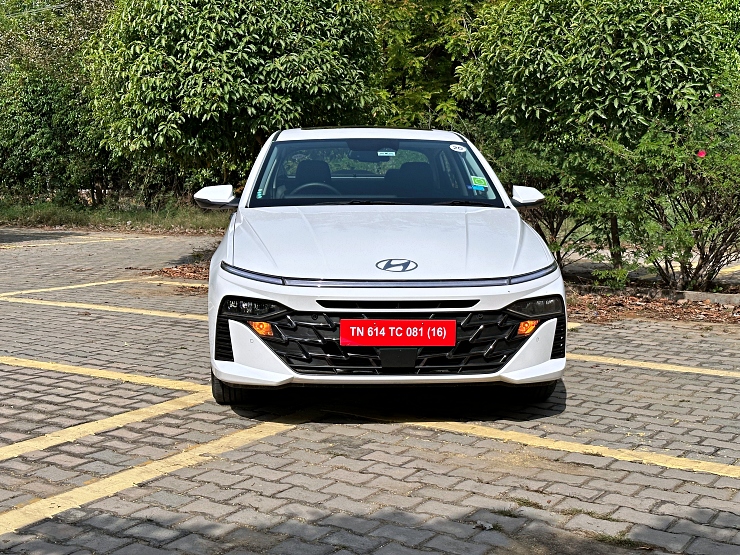
The design of the new-age Hyundai cars has evolved a lot and in its latest avatar, the car looks quite futuristic. The car has given up the conventional design lines, the all-new Verna gets a lightbar at the front with the headlamp cluster located down below in the bumper. There is a massive parametric design grille. The turbocharged variants get an extra slot below the bonnet lid possibly as an extra passage for the air intake.
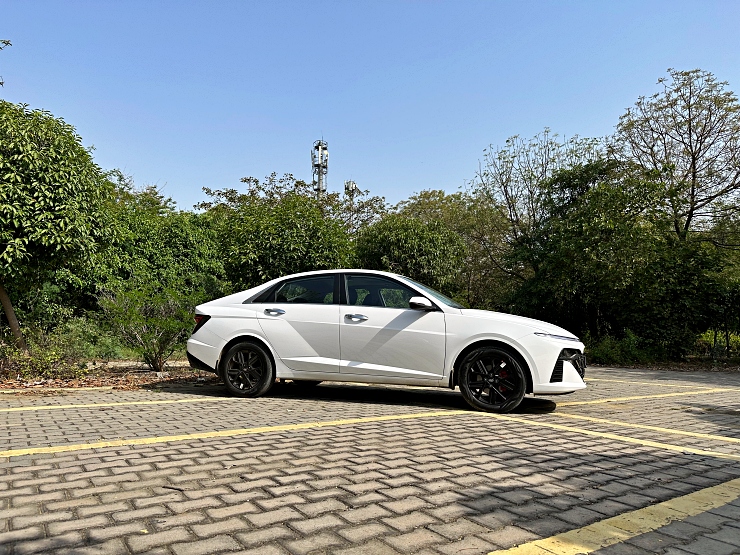
Also read: Suzuki Ertiga Sport FF: This is IT!
The side profile of the Hyundai Verna sets it apart from the competition. It gets deep creases that might look cluttered at first but the design grows on you, especially when you see the car under different lights. The creases set different shadows adding a unique look. The all-new Hyundai Verna is also much longer and wider than before. It gets the segment-leading wheelbase as well.
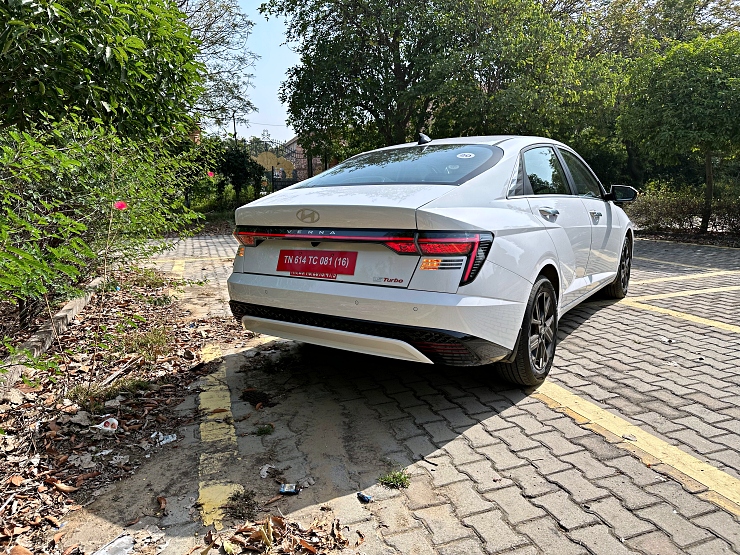
The rear of the car again gets a lightbar that connects the two modern-looking LED tail lamps. There are parametric elements all over the car including the side and the rear. Overall, the new Hyundai Verna with its bigger footprint has become a real head-turner. We were stopped at quite a few spots by locals and customers who had already booked the car. You can watch the design explained in detail in the video.
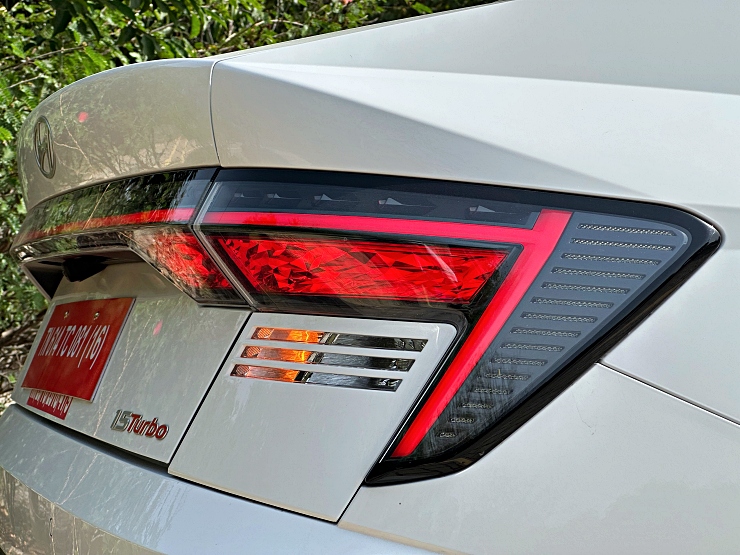
Features, features everywhere
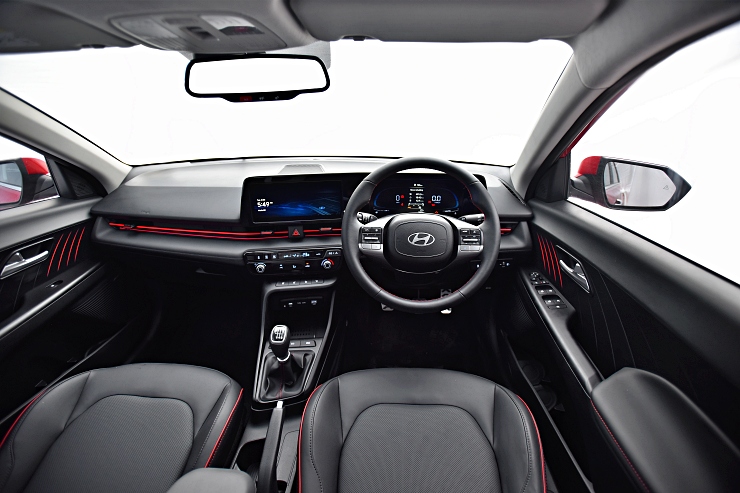
Now the cabin of the all-new Verna is completely new as well. It gets a dual-layered dashboard. The naturally-aspirated engine-powered variants get powered by the beige and black cabin while the turbocharged variant that we drove gets an all-black theme with red highlights.
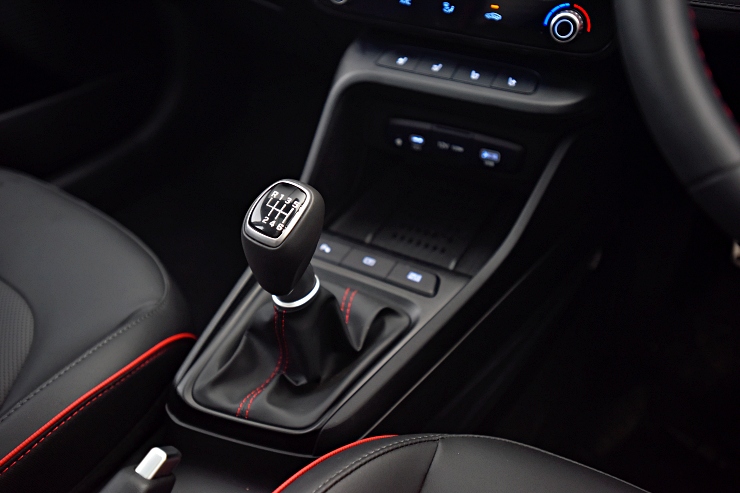
You can see the red highlights all over the cabin including the dashboard, seats, gear lever boot, steering wheel and door pads. The steering itself has become two-spoke and it looks quite interesting. Though, sometimes the two-spoke steering wheel can be confusing and you do not get to know when it is turned upside down.
But the most interesting talk here is the feature list. The all-new Verna is the most-loaded car in the segment. The driver seat is electrically powered but you need to operate the manual lever to change the height. The seat is ventilated and also heated, which is unique. Another interesting part of the cabin is the dashboard where the 10.25-inch screens are positioned side-by-side. The driver instrument cluster is all digital and changes colour according to the driving modes.
The infotainment system is also quite advanced and comes with the latest Hyundai connectivity features like BlueLink. The system also gets pre-loaded maps and they do work quite well. It is connected to Alexa and also understands Hinglish voice commands.
Hyundai has added a dual-purpose screen that works as climate control and flips to infotainment control with a push of a button. The neat set-up increases the space utilisation quite well. Below that you get a wireless phone charger. However, Hyundai has not provided a wireless Apple CarPlay and Android Auto system with the all-new Verna.
With all-LED roof lamps and a sunroof, the all-new Hyundai Verna remains the segment leader when it comes to features.
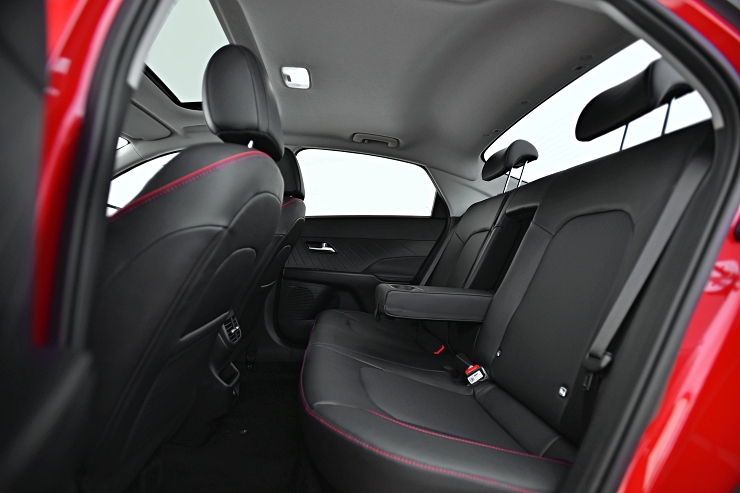
Hyundai has also increased the wheelbase and it is now longest in the segment. Watch the video to really understand how much space the all-new Verna officer.
More active and passive safety
The all-new Hyundai Verna uses more high-strength steel than before. Also, all the variants of the car now get six airbags as standard. The 2023 Hyundai Verna also gets ADAS and it is the most advanced version available in the segment. The ADAS system uses two radars and a camera system to offer 17 functions. We drove the car around the city and tested most of the features. Hyundai has one of the most well-integrated ADAS that works flawlessly on Indian roads. Since we were driving the manual variant, our car did not get the adaptive cruise control but everything else like the lane keep assist, autonomous emergency braking, safe car exit, and blind spot monitoring worked perfectly well.
Fast, stable and comfortable
The new Hyundai Verna’s driving dynamics have changed completely. Since the dimension of the car has changed, it does not resemble anything like its predecessor. We drove the turbocharged manual variant, which we believe was the most fun-to-drive variant available in the lot.
With 160 PS of power and 253 Nm of peak torque, the all-new Hyundai Verna has become the most powerful car in its segment. The power is nothing without the handling and Hyundai has worked quite a bit on improving it. The steering wheel feels accurate and the suspension system has improved by leaps.
We started the drive on a rough patch and the new sedan felt like it is riding on a carpet. We doubted that the suspension was tuned too soft but that cleared when we pushed the car on the Delhi-Mumbai Expressway to reach three-digit speeds in less than 10 seconds. Changing the lanes at high speed is a breeze and the new Verna holds its line while taking high-speed turns. This car does not drive a characteristic Hyundai.
The 1.5-turbocharged petrol engine is extremely powerful and the six-speed short-throw manual transmission is fun to use. The clutch is light and the life is good with the new car. We enjoyed the new Verna in the city traffic and the open highways. We would definitely want to spend more time with the car but for now, we came back super impressed.
Is it enough then?
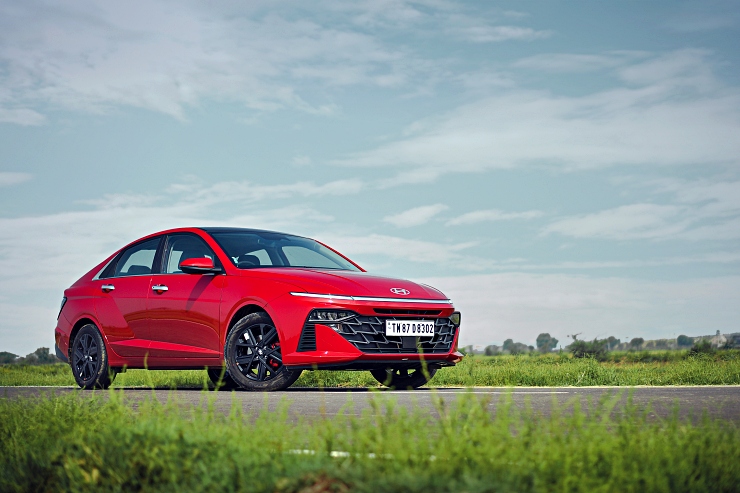
Well, the all-new Hyundai Verna seems like a complete package and something that young buyers will love to own. With its impressive price tag that starts at only Rs 10.9 lakh, ex-showroom, it is the most affordable car in the segment. We are not taking the Maruti Suzuki Ciaz as a competition as it has not been updated for a long time now. Compared the Virtus, Slavia and the City, the all-new Hyundai Verna is a value-for-money package. Even the top-end fully-loaded turbo-DCT variant of the Verna is about Rs 1 lakh cheaper compared to the Virtus and the Slavia. After driving the car, we have no doubts about how the car gained more than 9,000 bookings so quickly. The deliveries of the all-new Verna have already started and we have no doubt it will become a common sight on the roads soon.
Also read: 10 DC Design cars & how they look in the REAL world: Maruti Swift to Mahindra XUV500
The post 2023 All-new Hyundai Verna first drive: Sharper, bigger, faster and more loaded but is it enough? first appeared on Cartoq.
Comments
Post a Comment